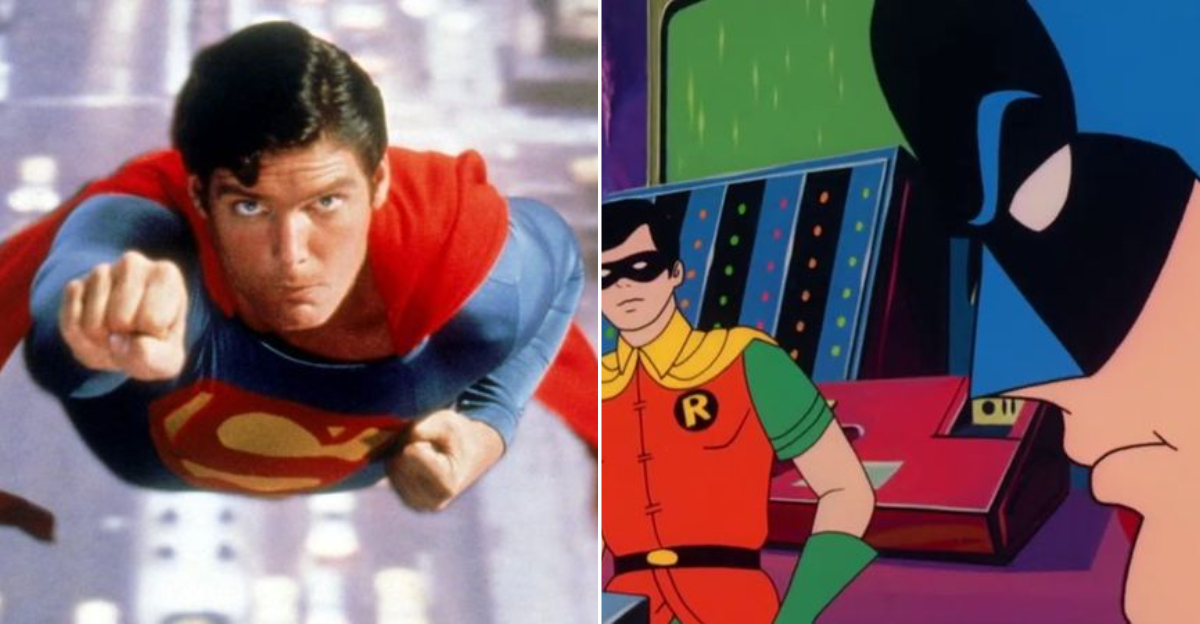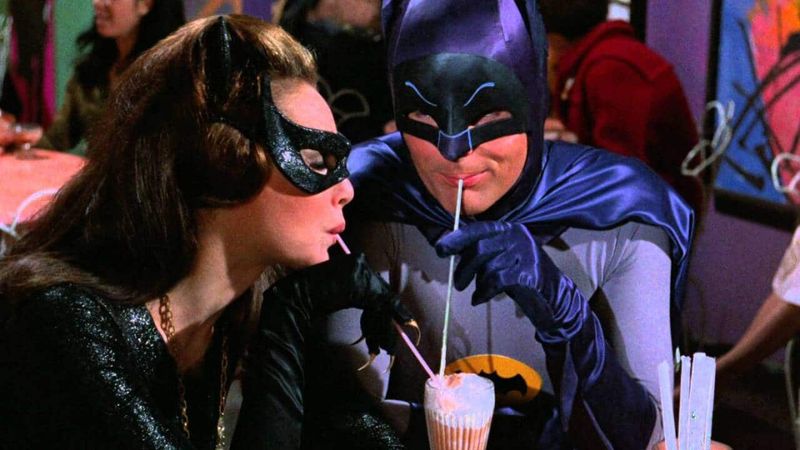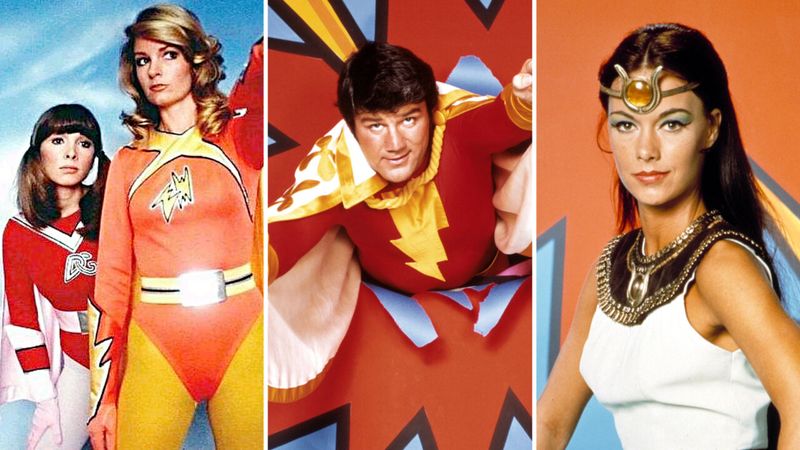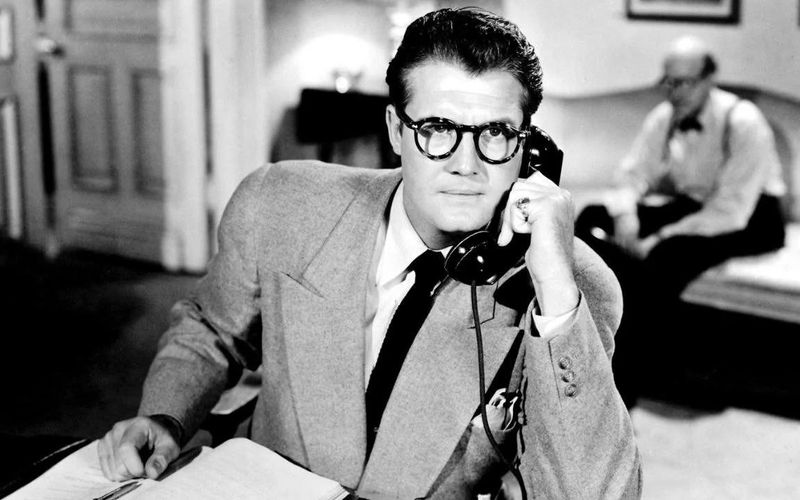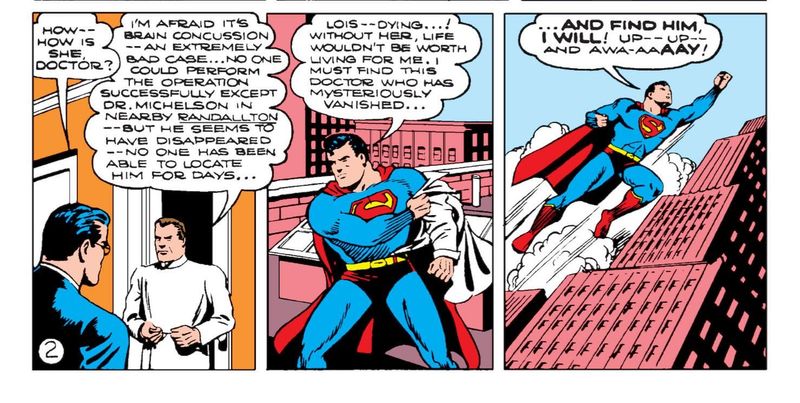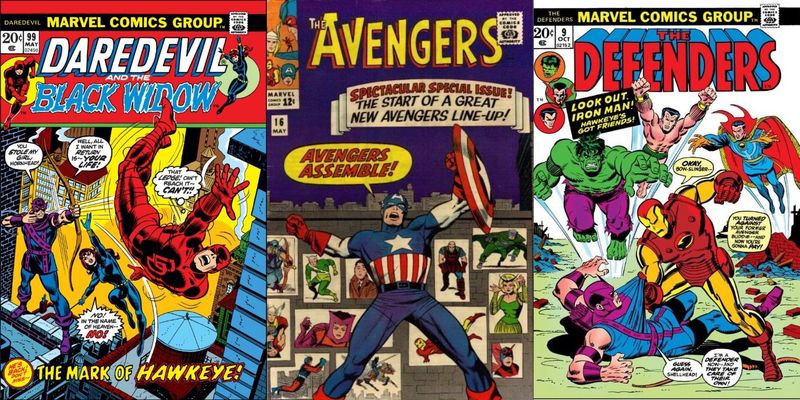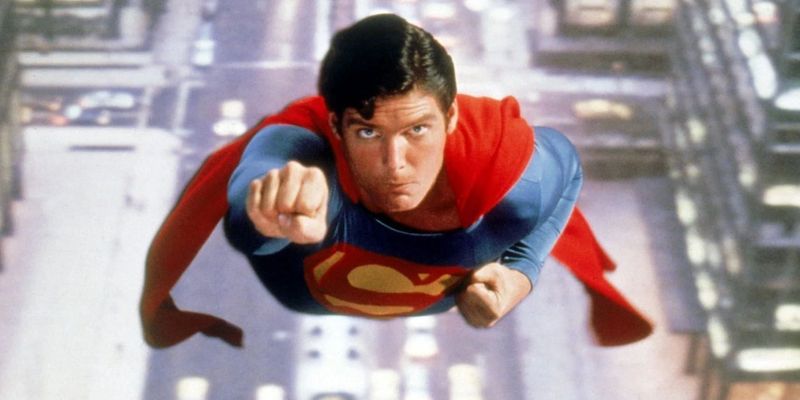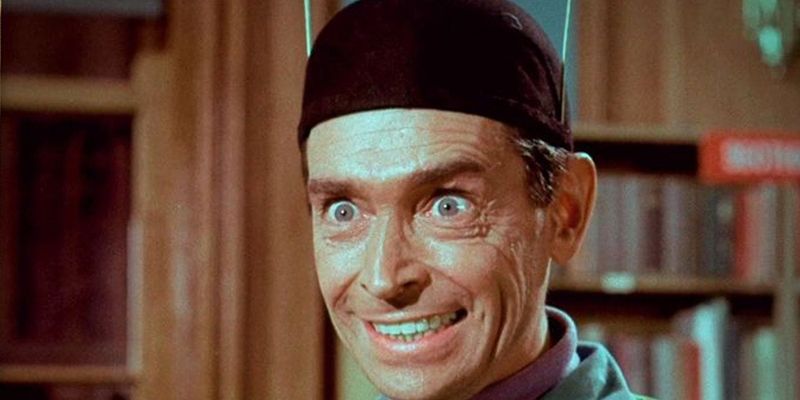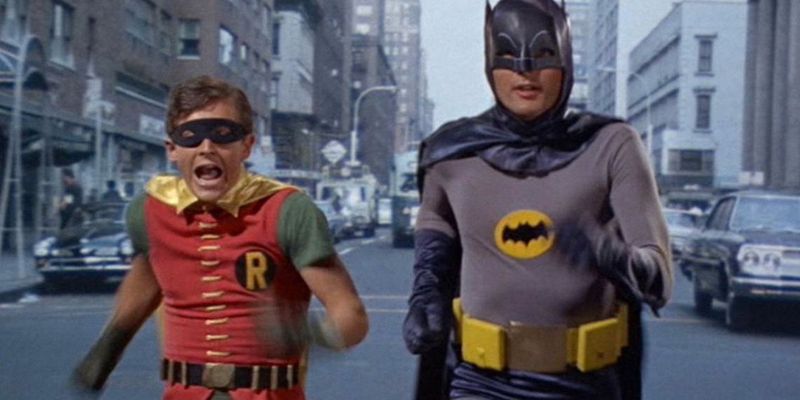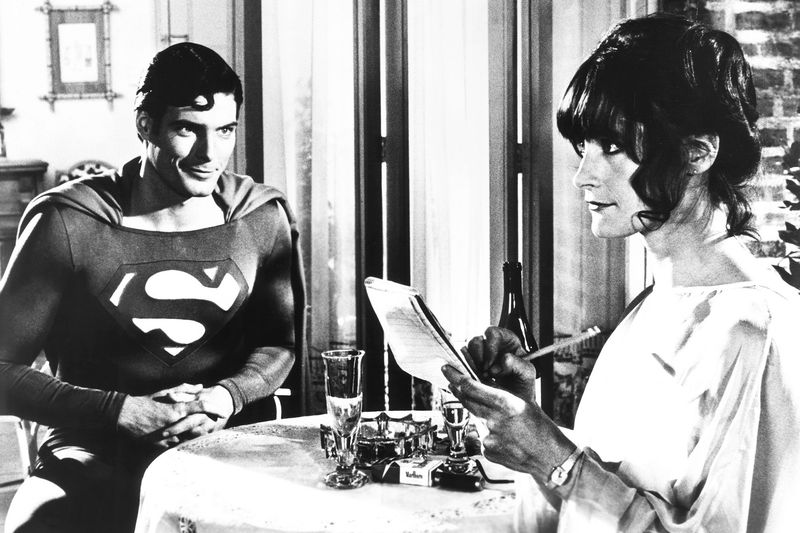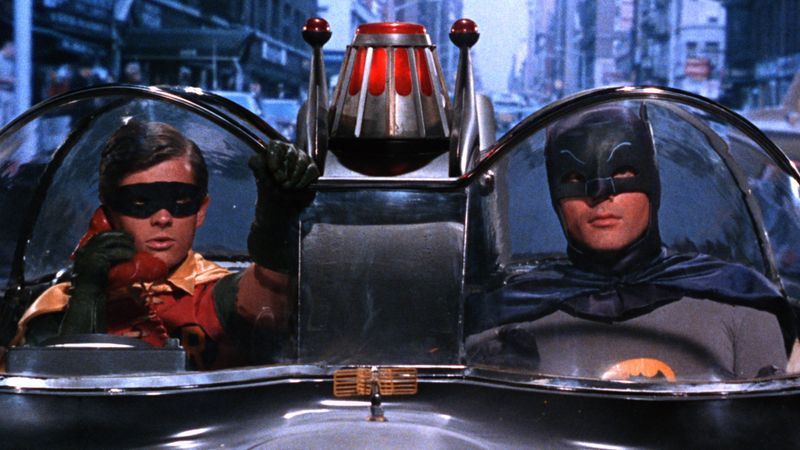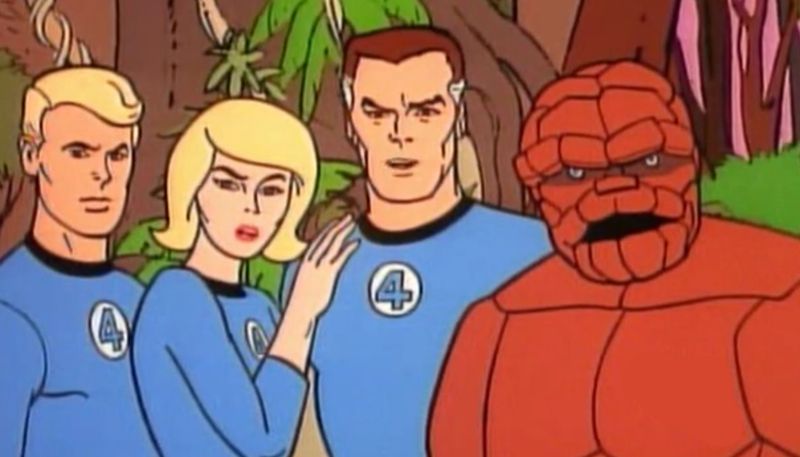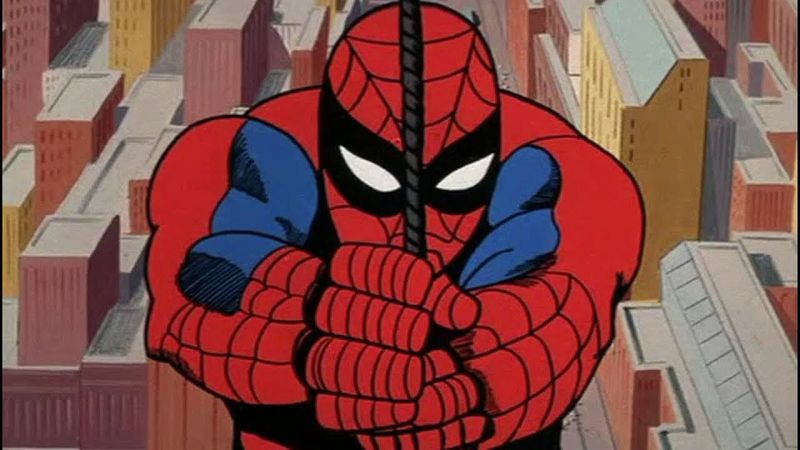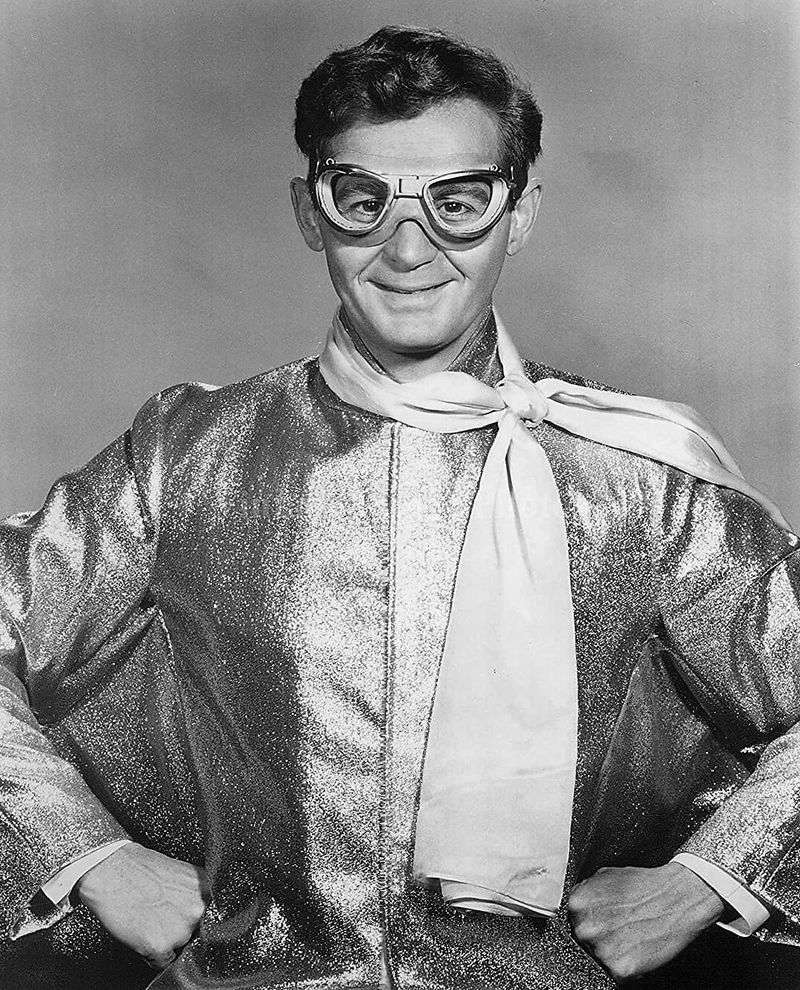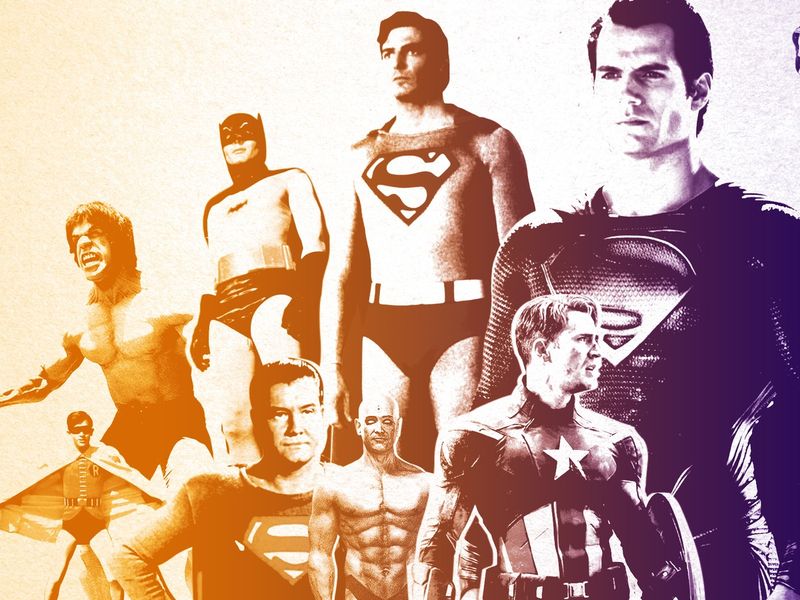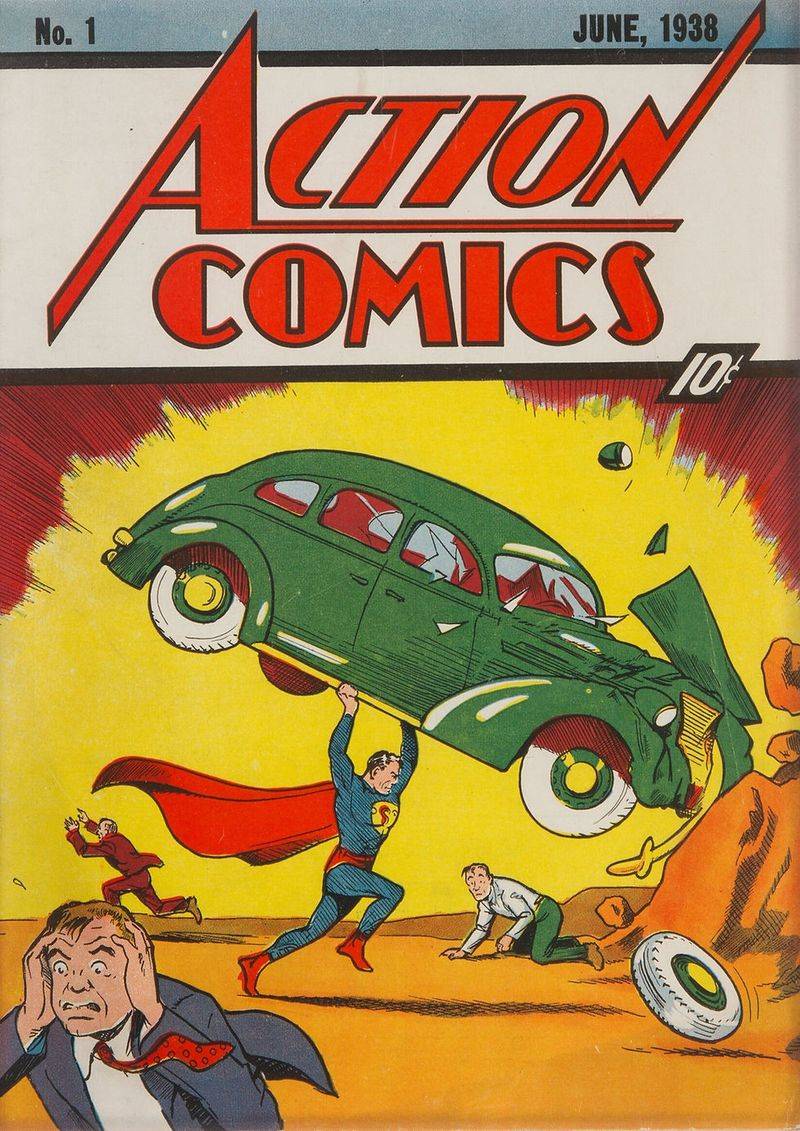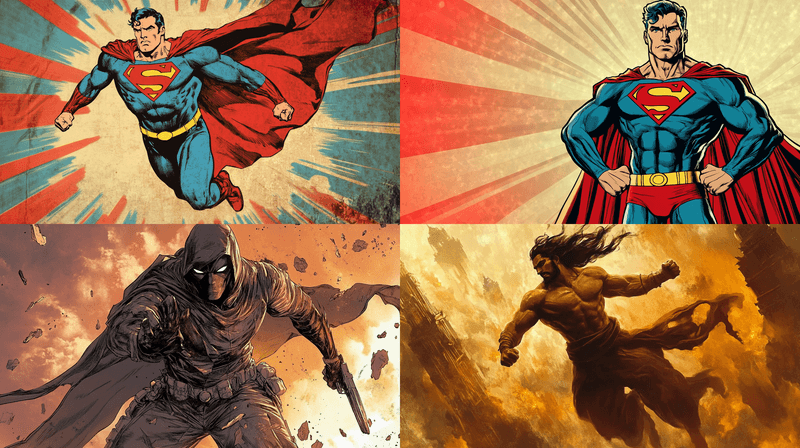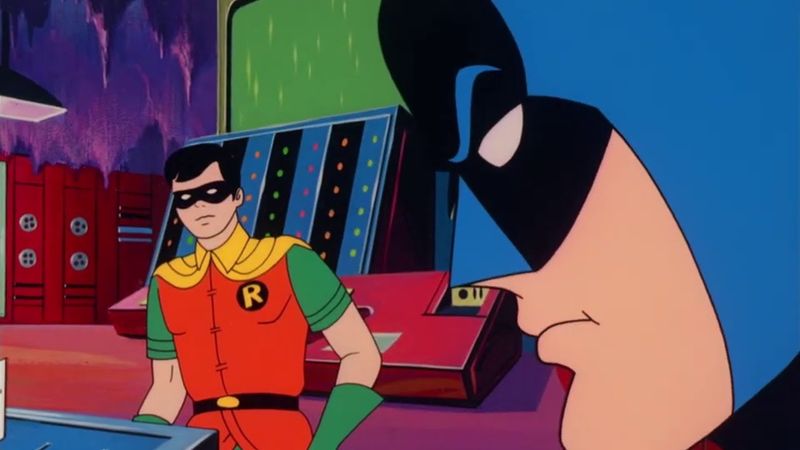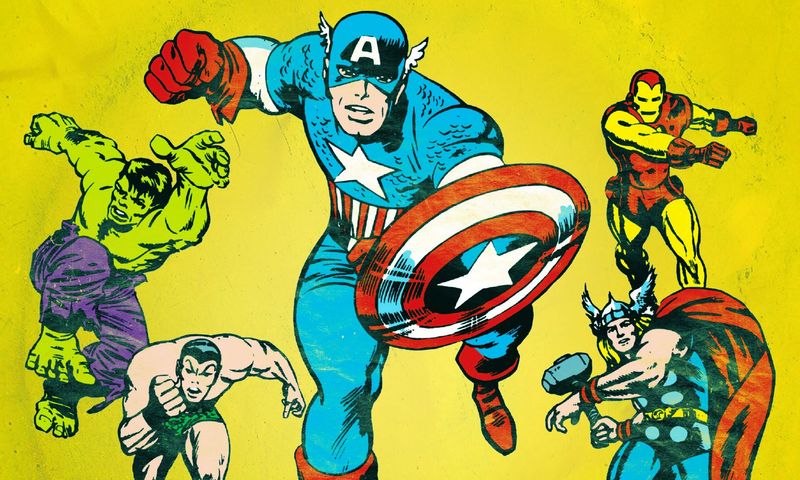The 1960s and 1970s were pivotal decades for superhero movies, bringing about changes that continue to influence the genre today.
From the introduction of campy humor to the evolution of storytelling techniques, these years laid the groundwork for the modern superhero film. Here’s a look at 19 transformative ways these decades shaped superhero cinema.
1. Brought Camp to the Mainstream
Shows like Batman (1966) brought camp to the forefront in superhero media, introducing audiences to a style of humor that was both exaggerated and delightful. This approach made superheroes accessible to a broader audience by infusing lighthearted fun into the narratives.
Viewers were entertained with over-the-top scenarios and colorful characters, making superheroes a household name.
The campy style also allowed creators to explore episodic storytelling with a comedic twist, ensuring each episode was an adventure in itself. This humor laid the foundation for future adaptations that aimed to entertain rather than solely to astound.
2. Introduced Bright, Flashy Costumes
The 60s and 70s heralded a new era of superhero costumes defined by bright colors and flashy designs. These outfits were not just clothing but symbols, instantly recognizable and etched into pop culture.
The costumes, often made of spandex, were accompanied by bold logos, making the heroes unmistakable even to children. This visual style became a template for future superhero designs, influencing how these characters are perceived on-screen today.
The choice of vibrant colors elevated the heroes, making them stand out in their battle against evil, and became an integral part of their identity.
3. Established the Secret Identity Trope
The concept of a superhero leading a double life became a staple in the 60s and 70s, with characters like Clark Kent and Bruce Wayne setting the standard. This trope added depth to the superheroes, showing them as relatable individuals with everyday challenges.
It emphasized the ordinary lives these extraordinary beings led, creating a captivating dynamic between heroism and normalcy.
This duality allowed audiences to connect with the characters on a personal level, understanding their struggles to balance both worlds. It also introduced plot elements that revolved around maintaining secrecy, adding tension and intrigue to the stories.
4. Popularized Catchphrases and One-Liners
Catchphrases and one-liners became a significant part of superhero media during the 60s and 70s, adding flair to the dialogue. Characters like Batman and Superman delivered memorable lines that became synonymous with their personas.
These snippets of dialogue were not just humorous but also added a punch to fight sequences and dramatic moments. Audiences eagerly anticipated these lines, which often provided levity in intense situations.
The use of catchphrases helped in character branding, making superheroes more marketable and creating a lasting impact that continues to influence today’s superhero narratives.
5. Pushed Comic Books into Pop Culture
The 60s and 70s were instrumental in bringing comic books into mainstream culture, transforming superheroes from niche characters to pop icons. Television shows and films introduced these characters to wider audiences, creating demand for their comic book adventures.
This era saw comic books become a staple in households, with children and adults alike following the exploits of their favorite heroes. The success of these media adaptations boosted comic book sales, intertwining the two worlds.
Comic books served as a bridge to new stories, ensuring the legacy of these iconic characters continued beyond the screen.
6. Pioneered Low-Budget Visual Effects
Superhero films of the 60s and 70s often operated with limited budgets, leading to the innovation of low-budget visual effects. Filmmakers used creative techniques to bring fantastical stories to life without the aid of modern CGI.
This era of filmmaking embraced practical effects, from clever camera angles to inventive use of props, creating a unique visual style that engaged audiences.
Though considered cheesy by today’s standards, these early effects laid the groundwork for advancements in technology. They opened the door to more ambitious projects, showcasing that creativity could thrive even with financial constraints.
7. Set the Template for Hero vs. Villain Showdowns
The 60s and 70s established the classic hero versus villain dynamic, a crucial element of superhero storytelling. These showdowns were marked by clear moral boundaries, pitting good against evil in dramatic confrontations.
This narrative structure captivated audiences, offering thrilling and sometimes humorous battles that highlighted the heroic virtues of the protagonists.
The formula of epic clashes with villains became an enduring staple of the genre, ensuring each story had a satisfying conflict resolution. This template continues to be a foundational aspect of superhero films, influencing countless adaptations and interpretations.
8. Normalized Episodic Storytelling
Episodic storytelling became prevalent in superhero media during the 60s and 70s, particularly in television. Shows were structured around standalone adventures, allowing viewers to tune in for any episode without losing the thread of the overall story.
This format encouraged consistency, building a loyal fanbase eager for weekly installments. It also made it easier for new audiences to join in, as each episode was self-contained.
The episodic nature of these shows paved the way for modern cinematic universes, where each installment adds to a broader narrative, creating interconnected worlds that captivate fans.
9. Made Heroes Relatable and Human
In the 60s and 70s, superheroes began to be portrayed as more human, with relatable flaws and vulnerabilities. This era shifted away from the infallible hero, showing characters as individuals with personal struggles and emotional depth.
This relatability allowed audiences to connect more deeply with their favorite heroes, seeing them as reflections of their own experiences and challenges.
By exploring themes of doubt, failure, and redemption, superhero stories became richer and more complex, elevating the genre beyond simple tales of heroism to narratives that resonated on a personal level with audiences.
10. Expanded Superhero Stories to Television
The expansion of superhero stories into television during the 60s and 70s brought these characters into homes across the world. Weekly episodes offered fans a regular dose of heroism and adventure, creating a consistent presence in popular entertainment.
Television provided a platform for developing longer story arcs and character development, enabling deeper exploration of themes.
This medium also reached a wide audience, introducing new fans to the genre and cementing the cultural significance of superheroes. As a result, superheroes became a staple of family entertainment, contributing to the enduring appeal of the genre.
11. Used Animation to Reach Kids
Animation emerged as a powerful tool in the 60s and 70s to introduce superheroes to younger audiences. Shows like Super Friends captivated children with vibrant visuals and accessible storylines, becoming a staple of Saturday morning cartoons.
These animated series simplified complex superhero narratives, making them engaging and easy to follow for kids. The colorful animation style and dynamic action sequences fostered a new generation of fans, laying the groundwork for lifelong fandom.
The success of these shows demonstrated the versatility of animation as a medium, influencing future adaptations that continue to captivate young audiences today.
12. Featured Progressive Themes (Lightly)
Superhero stories in the 60s and 70s began to touch on progressive themes, albeit subtly. Plots often included elements of social commentary, addressing issues such as equality, justice, and moral dilemmas.
These themes were woven into narratives in a way that was accessible, allowing audiences to engage with important topics while being entertained. The inclusion of these elements reflected the cultural shifts of the time, planting the seeds for more overt social and political commentary in later superhero media.
This approach laid the groundwork for the genre to explore complex themes in a nuanced and impactful manner.
13. Created Iconic Theme Songs
The 60s and 70s are renowned for creating some of the most iconic superhero theme songs that defined the era. Catchy and memorable, these tunes became synonymous with the characters, enhancing their appeal and recognition.
Theme songs like Spider-Man’s “Does whatever a spider can” captured the essence of the heroes, providing a musical backdrop that resonated with audiences.
These themes not only complemented the visual storytelling but also left a lasting impression, becoming cultural touchstones. The power of music in branding superheroes continued to influence how these characters were marketed and remembered by fans.
14. Shaped the Public Image of Superheroes
The public perception of superheroes was significantly shaped during the 60s and 70s, defining how these characters were viewed by society. Through media exposure, superheroes became symbols of hope, justice, and bravery.
The era portrayed them as larger-than-life figures while emphasizing their relatable human sides, striking a balance that appealed to a broad audience.
Superheroes were showcased as not just fighters of villains but also as champions of everyday people, reinforcing their cultural significance. This duality helped solidify their status as icons, influencing how they were perceived and valued in the decades to come.
15. Experimented with Genre Blending
The experimentation with genre blending in the 60s and 70s opened new storytelling avenues for superhero media. By incorporating elements of science fiction, westerns, and noir, creators expanded the possibilities of superhero narratives.
These genre mash-ups offered fresh perspectives and innovative storylines, challenging traditional superhero tropes. This creative approach kept the genre exciting and unpredictable, attracting diverse audiences.
The willingness to experiment laid the groundwork for the rich tapestry of superhero stories we see today, where genre fusion is a staple, ensuring that each story feels unique and engaging within the larger superhero canon.
16. Boosted Comic Sales Through Media Tie-Ins
The 60s and 70s saw a significant boost in comic book sales, driven by media tie-ins from television and film adaptations. These adaptations exposed new audiences to superheroes, sparking interest in their original comic book adventures.
Comic shops became hubs for fans eager to explore the stories behind their favorite on-screen heroes, driving up sales and expanding the reach of the medium.
This synergy between media forms created a cyclical relationship where each adaptation brought new fans to the comics, ensuring a steady flow of readership and contributing to the growth of the comic book industry.
17. Laid the Groundwork for Superhero Fandoms
The 60s and 70s laid the foundation for the vibrant superhero fandoms that flourish today. Conventions, merchandise, and fan clubs emerged, providing spaces for enthusiasts to connect and celebrate their shared passion.
These gatherings became cultural phenomena, highlighting the growing influence of superheroes in popular culture. Fans embraced the opportunity to meet creators, dress up as their favorite characters, and immerse themselves in the world of comics.
The sense of community fostered during this time created a loyal fanbase that continues to thrive, ensuring the enduring popularity and cultural significance of superheroes in the modern era.
18. Started the Cult Classic Trend
The 60s and 70s marked the beginning of the cult classic trend in superhero media, where certain projects, despite initial failures, gained dedicated followings over time. These films and shows often featured quirky elements and unique storytelling.
As time passed, fans appreciated the unconventional aspects, elevating these projects to cult status. The charm and nostalgia associated with them contributed to their enduring appeal.
This trend highlighted the evolving tastes of audiences, showing that even offbeat and underappreciated works could find their place in the cultural landscape, inspiring future creators to take creative risks.
19. Built the Bridge to the Modern Blockbuster
The innovations and experimentation of the 60s and 70s built the bridge to the modern blockbuster superhero film. These decades saw the genre’s growth from campy television shows to ambitious cinematic projects.
The groundwork laid by this era’s storytelling, character development, and visual effects paved the way for today’s high-budget films. The willingness to experiment and push boundaries set the stage for the genre’s evolution into a dominant force in Hollywood.
Modern superhero blockbusters owe much to the pioneers of this period, whose creative efforts continue to resonate in the spectacular stories that captivate audiences worldwide.
